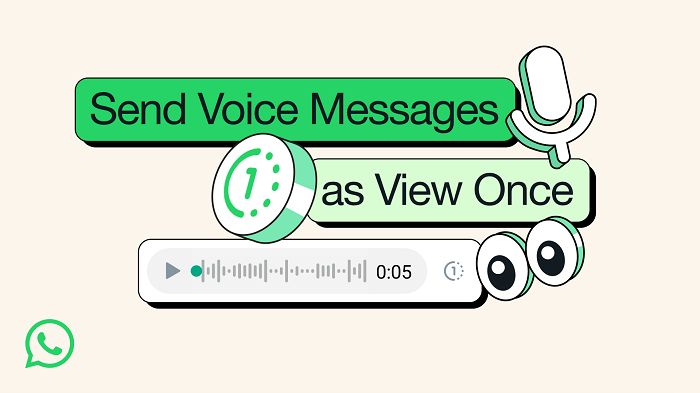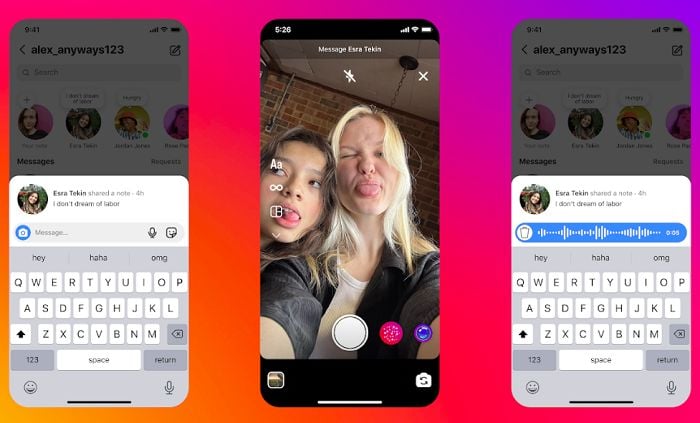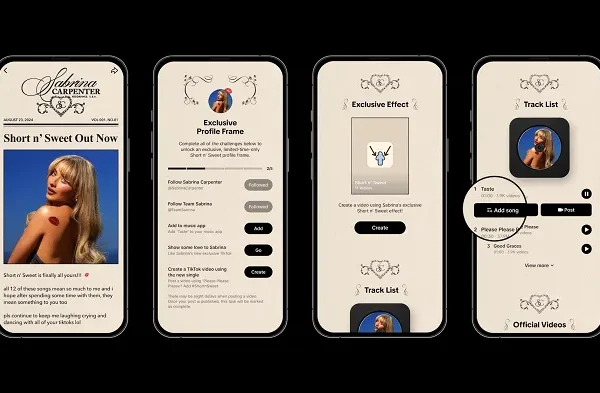Microsoft has shared its latest notes on LinkedIn’s performance, as part of its quarterly market update, though I don’t need to actually read them to tell you what they’ll be.
In fact, I could have written this article last month, or last year, because Microsoft always includes virtually the same two notes on LinkedIn’s performance.
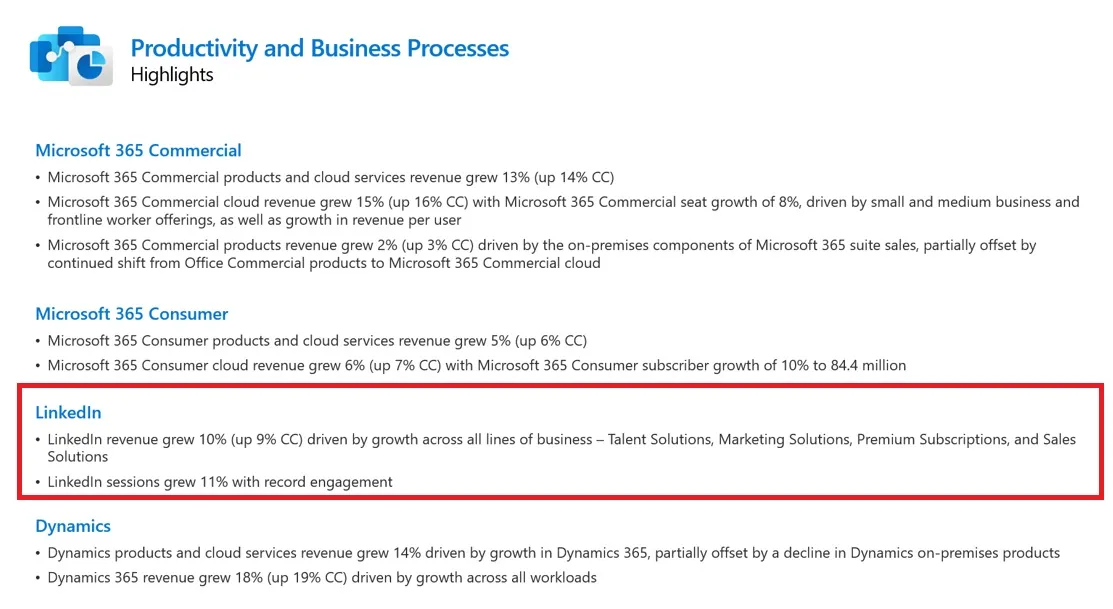

Sessions growth up, with “record engagement”. Revenue improvement.
It’s uncanny, because LinkedIn has apparently set a new level of “record engagement” every single quarter (except one) since 2018. It’s always the same update, the same wording. And while it seems impossible that every quarter sees a new bar set for LinkedIn interaction, that’s what LinkedIn, via Microsoft, keeps sharing, and there’s not much more we have to go on to refute this element.
So, record engagement. More people are apparently more active on LinkedIn, all the time.
It doesn’t tell you much, but that’s what we get.
What I can tell you is that LinkedIn usage is much different to its member count, the number that it actually reports to represent its audience.
LinkedIn has been keen to tout, for example, the fact that it now has a billion members, which is a huge milestone for the app. But members and active users are very different, and every other social app uses the latter as their actual measure of in-app engagement and activity.
But LinkedIn, for some reason, keeps telling us how many people have signed up for an account.
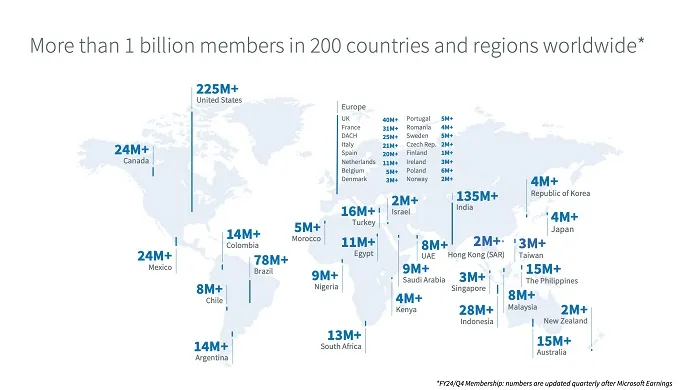

You know how many people have signed up for a Twitter (now X) account? Literally billions, yet if X started reporting that it has over 3 billion “members”, everyone would criticize it for being disingenuous, as it only has 500 million active users.
But again, somehow, LinkedIn gets a pass. Because it’s a niche platform? Because it’s not really a competitor on audience size either way?
I don’t know, but I can tell you that, based on LinkedIn’s EU member count versus usage, less than 30% of its EU members are active in the app.
Which would suggest that LinkedIn probably only has around 300 million or so active users.
Which is pretty good for a niche social network, and LinkedIn isn’t really designed for the same kind of mass appeal of other social apps. So why the opaque reporting on this front?
I don’t know, but again, LinkedIn, for some reason, only gives us part of the total picture, in virtually all of its metrics, while it also keeps adding things like Stories, and a TikTok-like video feed, as it pretends to be just like every other social app.
But it’s not, and those elements, unsurprisingly, will fall flat in a LinkedIn context.
Though that clearly doesn’t matter, because LinkedIn will hit a new record high for engagement again next quarter either way, and will continue to play a role in Microsoft’s broader business.
And Microsoft’s too busy shoving AI into everything to pay too much attention. So as long as LinkedIn’s revenue keep increasing (it’s up 10% this quarter), it’ll be all good.
Keep setting those records, guys.




